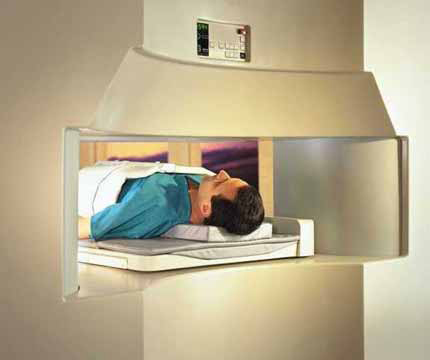What a dream looks like
Brain scans show the brain’s activity during a dream
The ability to take a picture of a dream sounds like something that’s possible only in a dream, but a team of researchers in Germany has done just that. Brain scan images taken during specific dreamed events may help researchers understand how the brain combines thoughts and memories to fashion dreams.

“It’s really exciting that people have done this,” psychiatrist Edward Pace-Schott told Science News. He studies sleep at Massachusetts General Hospital in Charlestown and the University of Massachusetts, Amherst, and was not involved in the new study.
The dreamer in this experiment knew he was dreaming; he was capable of an activity called lucid dreaming. His muscles didn’t move, his eyes twitched as they do during normal dreams, and he slept deeply. But on the inside, a lucid dreamer drives the dream and can create an imagined world much different and probably much stranger than reality.
During one of these dreams, “the world is open to do everything,” Michael Czisch, who worked on the new study, told Science News. Czisch takes pictures of the brain to study how it works at the Max Planck Institute of Psychiatry in Munich.
Czisch and his colleagues recruited six lucid dreamers to participate in the experiment and used fMRI to record brain activity. An fMRI scanner tracks the flow of blood through a person’s brain, showing when different regions are active. It’s a loud and clunky device with a narrow tunnel in the middle: A person has to lie down on a flat surface, slide into the tunnel, and remain motionless.
The scientists asked the dreamers to fall asleep and dream inside the machine. They weren’t supposed to dream wildly about things like going to the moon or being chased by giant jellyfish. Instead, the participants dreamt about squeezing first their left hand, then their right.
Only one dreamer successfully dreamt about squeezing his hands. For that person, the fMRI showed that when he dream-squeezed his dream-hands, a part of his brain called the sensorimotor cortex became active. This brain region helps with movement. When he squeezed his left hand, the right side of his sensorimotor cortex lit up. And when the right hand was being squeezed, the left side of his sensorimotor cortex lit up. That’s not surprising: Scientists already knew that the left side of the brain controls muscles on the right side of the body, and vice versa.
“It’s a rather easy thing to do,” Czisch said. “If it’s a random dream, things would be much more complicated.”
The scientists ran the same test on the dreamer when he clenched each hand while awake and saw the same brain activity patterns in the fMRI. Similar parts of the brain showed activity for the hand clenching, whether it was real or dreamt.
Hand-squeezing is simpler than the bizarre scenes that often show up in spontaneous dreams. So Czisch isn’t sure if those strange dreams could be as faithfully reproduced through such imaging.
For now, “To get real insight into a complete dream plot is a bit science fiction,” he concludes.







